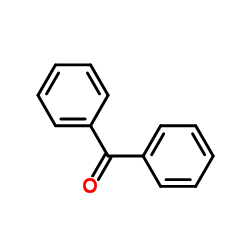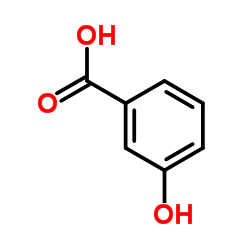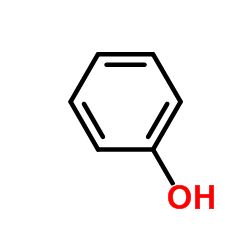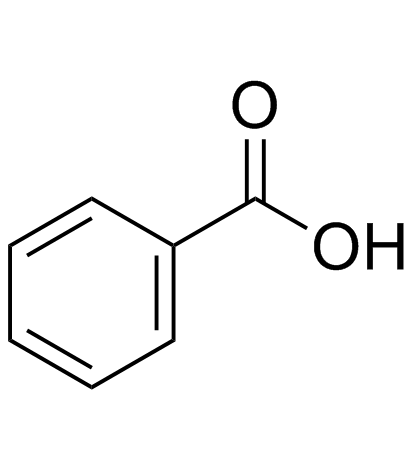| Structure | Name/CAS No. | Articles |
|---|---|---|
 |
Sulfuric acid
CAS:7664-93-9 |
|
 |
Benzophenone
CAS:119-61-9 |
|
 |
Sodium hydroxide
CAS:1310-73-2 |
|
 |
Pyrogallol
CAS:87-66-1 |
|
 |
Methanol
CAS:67-56-1 |
|
 |
3-Hydroxybenzoicacid
CAS:99-06-9 |
|
 |
Phenol
CAS:108-95-2 |
|
 |
benzoic acid
CAS:65-85-0 |
|
 |
3-Ethyl-2,4-pentanedione
CAS:1540-34-7 |
|
 |
Hydroquinone
CAS:123-31-9 |